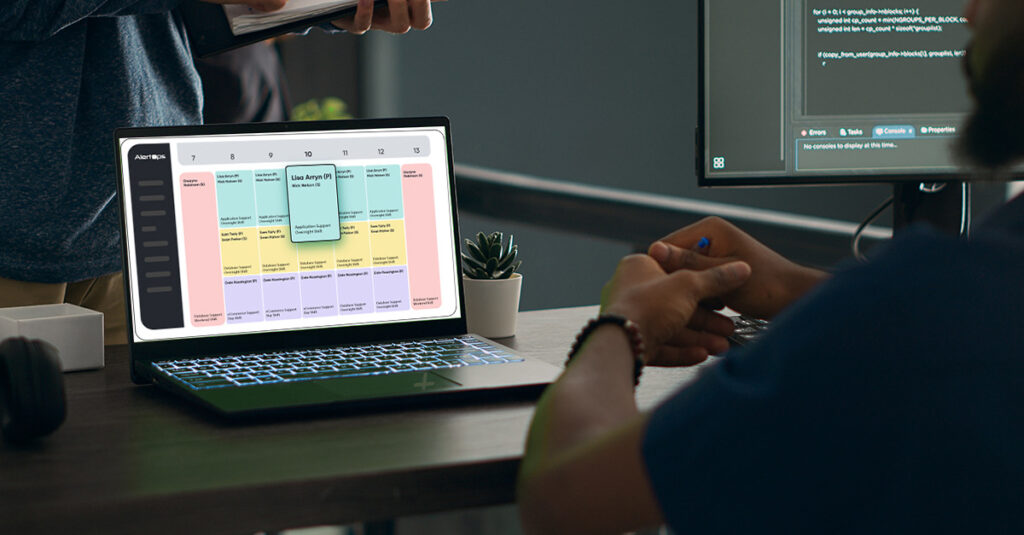What is Alert Fatigue?
Alert fatigue occurs when persons entrusted with reacting to warnings get desensitized to them, resulting in notifications being overlooked or disregarded, or answers being delayed.
What causes alert fatigue?
According to most, the biggest issue is the sheer number of warnings. Even if it interferes with an on-call employee’s regular job or spare time, a single alarm is simple to respond to, but it becomes more difficult to respond to a dozen notifications in a row. And as the number rises, it is more likely that an employee may overlook something crucial.

What are the potential dangers of alert fatigue in various industries?
Alert Fatigue in healthcare
According to studies, the percentage of false and/or clinically irrelevant alerts is between 80 and 99 percent. False alarms are commonly prompted by incorrect or missing patient data.
Alert Fatigue in security
A major issue for many organizations is that a high number of security warnings are likely to be false positives, making recognizing a genuine ‘true positive’ difficult. According to the Ponemon Institute, about 25% of the 17,000 malware notifications received by the typical organization each week are credible. According to the same survey, reacting to fake security alarms consumes around 67% of IT security personnel’s time.
The sad news is that the number of alerts is increasing in both healthcare and cybersecurity.
How do you deal with/avoid Alert Fatigue?
- Reduce insignificant notifications to increase alert specificity.
- Set alert priority in tiers. This may be configured based on severity/alert priority. To assist distinguish between warning kinds, alerts may be configured to notify workers in a specific way.
- Combine redundant notifications.
- Incorporate automation. Automation and machine learning are critical in combating alert fatigue. It aids in the aggregation and visualization of warnings, which improves inquiry speeds and alarm reaction times.
- Make notifications actionable. Vulnerable alerts necessitate extra time and effort to decipher.
- Keep an eye on alerts. After a period, review alerting to see if any alerts were missed, whether thresholds were set too high or low, and if staff had become desensitized to any of the alerts.
- Adjust the alarm management. Maintain a clear tuning and alarm handling policy.
- Rotation of tasks to balance workloads, alternate between reporting and alerts.
- Maintain a balanced schedule. Ensure that a company has enough on-call personnel so that too many alerts do not fall on a single individual, as well as assess when coverage is required and how frequently certain alerts occur.
To try AlertOps for free click here







